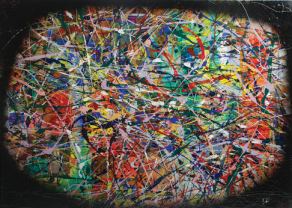Understanding that innovation capital becomes your new core
Much of my focus within my work is to move organizations towards recognizing and expanding their innovation capital or stock.
The hard part for many organizations is that many of the key elements of innovation capital consist of many intangibles as well as tangibles and this needs deeper understanding and appreciation. These intangibles are in most cases non-technological and embodied in the organizational routines and thinking of the employees.
It is focusing on building the stock of this innovation capital as well as making the flow more dynamic, ever evolving, adapting and changing to the different conditions being presented to the company.
Some of the critical elements that need to be considered can be described as follows:


 So what does block innovation? Arguably there are plenty of things up and down organizations.
So what does block innovation? Arguably there are plenty of things up and down organizations.


 Often innovation succeeds or fails by the personal involvement and engagement of a ‘selected’ few. Recognizing the types of innovation leadership might help you manage the innovation work a little better.
Often innovation succeeds or fails by the personal involvement and engagement of a ‘selected’ few. Recognizing the types of innovation leadership might help you manage the innovation work a little better.
 One of my favorite books is “
One of my favorite books is “